Descripción
El enfoque intuitivo de Introducción a la Econometría utiliza aplicaciones interesantes para motivar a los estudiantes a aprender la teoría y para ayudarles a entender la aplicación de la teoría. Los estudiantes salen con un conocimiento profundo de econometics y de las relaciones en el que las personas, las empresas y los gobiernos basan sus decisiones.
Introducción a la Econometría de Stock y Watson, motivan cada tema metodológico con una aplicación que utiliza los datos de la política del mundo real, de modo que los estudiantes aplican la teoría de inmediato.
Introducción a la Econometría, Brief Edition, es una versión simplificada de su texto, incluidos los temas fundamentales, una pronta revisión de las estadísticas y probabilidad, el material del núcleo de la regresión con datos de corte transversal, y un capítulo culminante en la realización de análisis empírico.
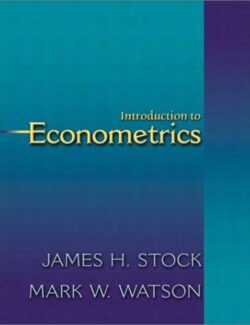

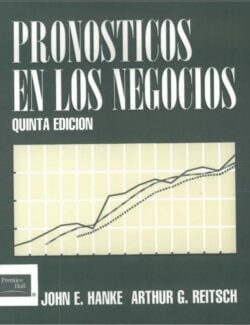

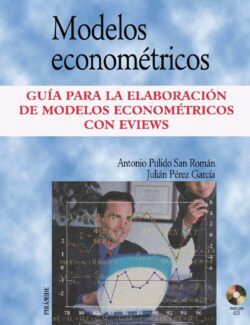
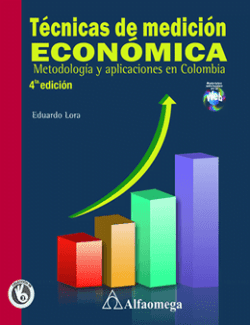


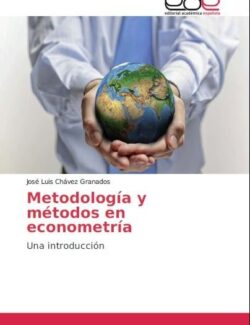


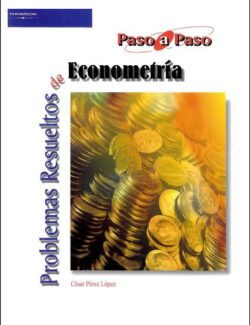

Déjanos un comentario
2 comentarios